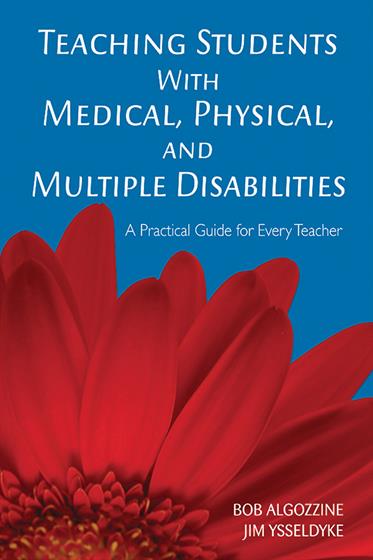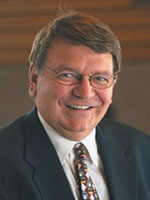
Hands-on, Practical Guidance for Educators
From math,
literacy, equity, multilingual learners, and SEL, to assessment, school counseling,
and education leadership, our books are research-based and authored by experts
on topics most relevant to what educators are facing today.
Teaching Students With Medical, Physical, and Multiple Disabilities
A Practical Guide for Every Teacher
Support the academic performance and independence of students with medical and physical disabilities!
This informative guide reviews the issues educators and school nurses need to address to effectively support students with medical, physical, and multiple disabilities. Including a pretest, posttest, and key vocabulary terms, it also highlights:
- Cognitive, academic, physical, behavioral, and communicational characteristics of numerous medical and physical conditions
- Helpful ideas for adjusting classroom and school environments
- Strategies for adapting instructional activities and materials
- Assistive technologies designed to enhance communication or mobility
- Identification issues associated with multiple disabilities
Product Details
- Grade Level: PreK-12
- ISBN: 9781412939010
- Published By: Corwin
- Year: 2006
- Page Count: 136
- Publication date: March 23, 2006
Price: $25.95
For Instructors
When you select 'request review copy', you will be redirected to Sage Publishing (our parent site) to process your request.



